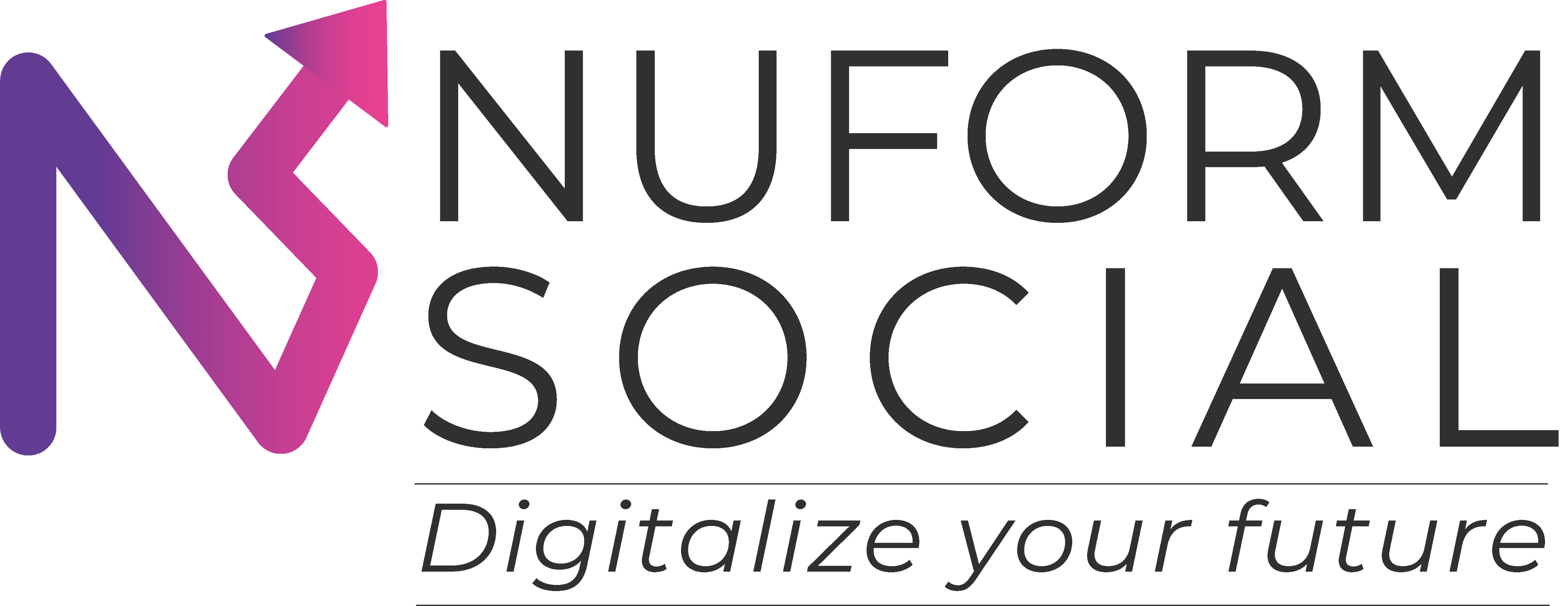Branded vs. Non-Branded Keywords: A Complete Guide for SEO and PPC Success
In the world of digital marketing, selecting the right keywords is crucial for driving targeted traffic and achieving business success. One of the most fundamental distinctions to understand is between branded and non-branded keywords. Branded keywords include your company’s name or specific product names, while non-branded keywords are general search terms related to your industry or products.
Imagine a potential customer searching for “smartphone” versus “iPhone 15 Pro.” The former represents a non-branded search, while the latter is a branded one. Each type of keyword serves a unique purpose in your marketing strategy. By understanding how to leverage both, you can reach a wider audience and guide them through their buyer’s journey effectively.
This guide will walk you through the differences, benefits, and best practices for using both branded and non-branded keywords to maximize your SEO and PPC performance.
Defining Branded vs. Non-Branded Keywords
Branded Keywords: These are search terms that specifically mention your brand name, products, services, or any direct association with your company.
Examples:
- iPhone 15 Pro
- Microsoft Office 365
- Nike Air Max
Non-Branded Keywords: These are more general search terms that don’t mention your brand. They typically describe a product, service, or topic broadly.
Examples:
- Best smartphones 2025
- Productivity software
- Running shoes for women
Key Difference: User Intent
Branded keywords usually attract users who already know about your brand and are likely closer to making a purchase. Non-branded keywords attract users at earlier stages of the buyer’s journey, often those who are researching or exploring their options.
Why You Should Target Both Branded and Non-Branded Keywords
Understanding the Buyer’s Journey
The buyer’s journey typically moves through three stages:
- Awareness: The user realizes they have a need or problem. (Search: “How to take aerial photos”)
- Consideration: The user is evaluating different solutions. (Search: “Best drones for aerial photography”)
- Decision: The user is ready to make a purchase. (Search: “DJI Mini 4 Pro price”)
Branded keywords are more effective in the decision stage, while non-branded keywords dominate the awareness and consideration stages.
Benefits of Using Both:
- Branded Keywords:
- Capture high-intent, ready-to-buy customers
- Reinforce brand recognition
- Protect your brand from competitors bidding on your name
- Non-Branded Keywords:
- Expand reach to new audiences
- Build brand awareness
- Attract customers at the top and middle of the sales funnel
A balanced strategy that incorporates both is essential to ensure you’re engaging potential customers at every stage.
Maximizing Visibility with SEO and PPC
SEO Strategies
- Branded Keywords:
- Optimize product and service pages with branded terms.
- Create company blog posts that answer specific branded questions (e.g., “How to set up iPhone 15 Pro for beginners”).
- Publish press releases and news updates optimized with branded keywords to capture brand searches.
- Non-Branded Keywords:
- Create educational blog posts (e.g., “How to choose the best smartphone in 2025”).
- Develop in-depth guides and resources related to industry trends.
- Build comparison pages (e.g., “iPhone vs. Samsung Galaxy: Which is Better?”).
PPC Strategies
- Branded Keywords:
- Bid on your brand name to maintain top search visibility.
- Run campaigns promoting new product launches.
- Use competitor targeting strategies to bid on related brand names (with caution).
- Non-Branded Keywords:
- Run awareness campaigns targeting generic terms (e.g., “best budget smartphones”).
- Launch problem-focused campaigns that align with user needs (e.g., “how to choose a smartphone for gaming”).
- Create product comparison ads (e.g., “Top 5 smartphones for photographers”).
Reaching Different Stages of the Sales Funnel
Top of the Funnel (TOFU): Awareness Stage
- Content: Educational blogs, how-to guides, general industry topics.
- Keywords: Non-branded, informational search terms.
- Goal: Attract users unfamiliar with your brand.
Middle of the Funnel (MOFU): Consideration Stage
- Content: Product comparisons, expert guides, solution-focused articles.
- Keywords: Non-branded, commercial investigation terms.
- Goal: Build trust and position your product as a viable solution.
Bottom of the Funnel (BOFU): Decision Stage
- Content: Product pages, customer testimonials, special offers.
- Keywords: Branded, high-intent search terms.
- Goal: Capture users ready to purchase.
Matching Search Intent with Keyword Strategy
Understanding search intent is key to keyword success. There are four types of search intent:
- Informational: Searching for knowledge (e.g., “What is 5G?”).
- Navigational: Looking for a specific brand or website (e.g., “Apple support page”).
- Commercial Investigation: Comparing options (e.g., “Best smartphones under 50k”).
- Transactional: Ready to buy (e.g., “Buy iPhone 15 Pro online”).
Branded Keywords
- SEO: Direct users to product pages, blogs, and company updates.
- PPC: Focus on transactional and navigational searchers ready to engage or buy.
Non-Branded Keywords
- SEO: Capture informational and commercial searchers with helpful content.
- PPC: Target users across all search intents to introduce your brand and drive conversions.
When to Prioritize Branded Keywords
Key Scenarios
- Capture high-intent traffic: Users are actively searching for your brand.
- Reinforce brand recognition: Especially useful during product launches.
- Protect market share: Prevent competitors from poaching your branded traffic.
- Control brand messaging: Ensure consistency across SEO, PPC, and social media.
Example Strategies
- Optimize product/service pages for branded searches.
- Run PPC campaigns on your brand name.
- Develop blog posts on branded topics to educate and engage existing fans.
When to Prioritize Non-Branded Keywords
Key Scenarios
- Expand reach: Connect with new audiences unfamiliar with your brand.
- Educate the market: Offer valuable content to answer common industry questions.
- Attract early-stage buyers: Position your brand early in the decision-making process.
Example Strategies
- Create top-of-funnel blog posts addressing common questions.
- Produce detailed buyer guides comparing multiple solutions.
- Use PPC to target generic, problem-focused, and competitor-related searches.
4 Actionable Tips for Integrating Both Keyword Types
1. Conduct Balanced Keyword Research
- Use keyword research tools to explore both branded and non-branded opportunities.
- Group keywords by search intent and buyer journey stage.
- Build dedicated keyword lists for each focus area.
2. Maintain Consistent Brand Messaging
- Use the same tone and messaging across all content types.
- Align your SEO, PPC, and social media strategies.
- Reinforce brand identity throughout all buyer touchpoints.
3. Regularly Track and Optimize Performance
- Set up keyword tracking tools to monitor rankings and traffic sources.
- Adjust strategies based on changes in user behavior and market trends.
- Re-optimize existing content with fresh keyword opportunities.
4. Cross-Promote Content
- Share blog posts on social media platforms.
- Link to relevant landing pages in newsletters.
Reference your content in forums and industry discussions to maximize reach
Conclusion
Incorporating both branded and non-branded keywords into your SEO and PPC strategies is essential for a comprehensive and successful marketing approach. Branded keywords help you capture high-intent users and control your brand narrative, while non-branded keywords allow you to attract new prospects, educate your audience, and build long-term trust.
By balancing these two keyword types, aligning with search intent, and continuously tracking performance, you can maximize your online visibility, drive meaningful engagement, and increase conversions across all stages of the buyer’s journey.
Start building a keyword strategy that works for your unique brand and watch your SEO and PPC efforts flourish.






